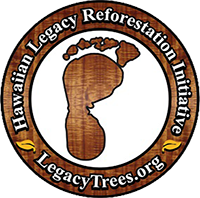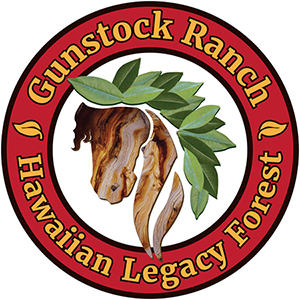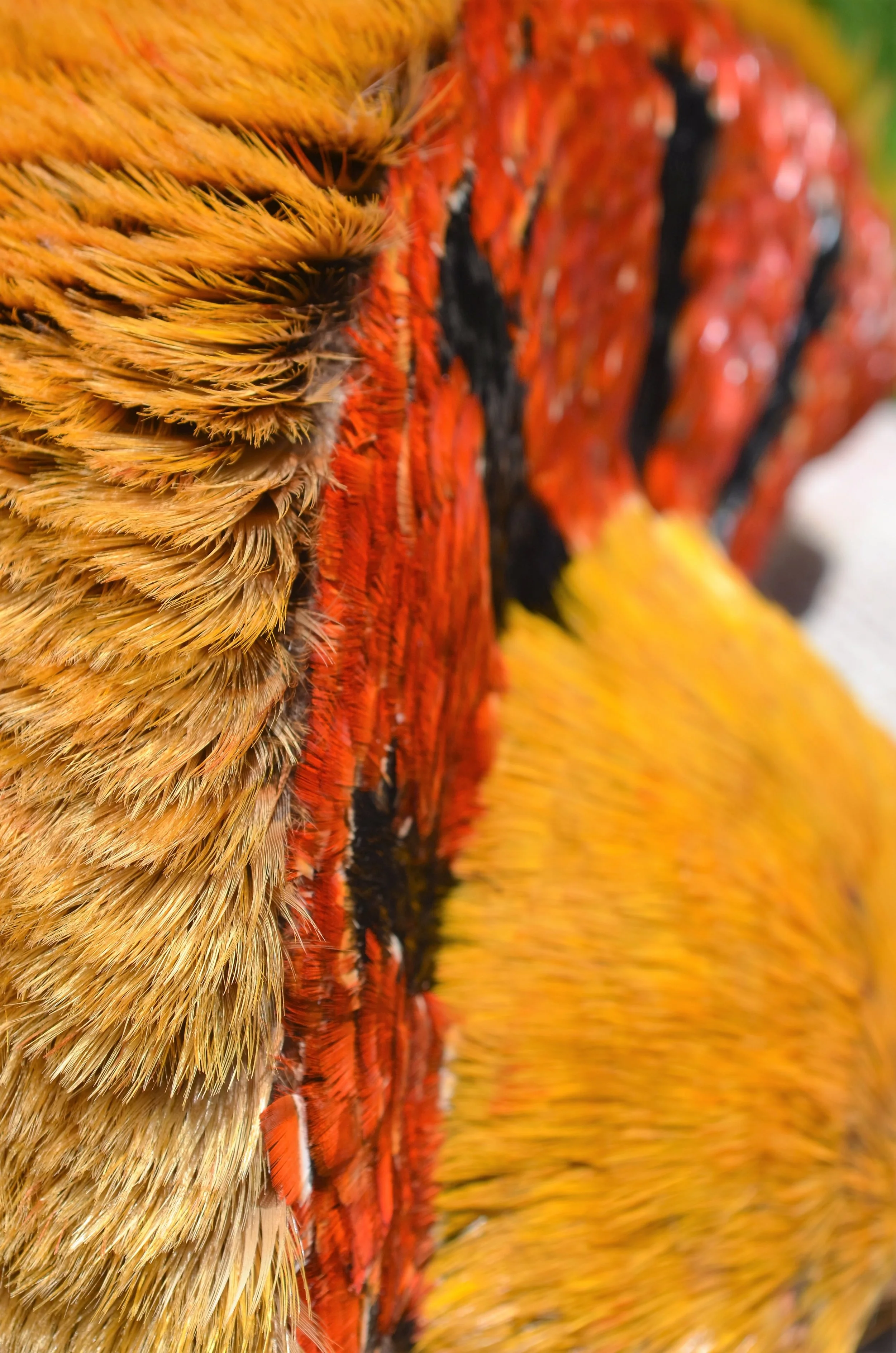
Help us plant 1.3 million Native Hawaiian trees
Hawaiian Legacy Reforestation Initiative (HLRI, Legacytrees.org) is a non-profit organization founded in 2014 that works to preserve economically viable and sustainable endemic/native Hawaiian forests, protect Hawaii’s endangered species, sequester carbon, and recharge watersheds.
We are witnessing the rebirth of the endemic/native Hawaiian forests. See the above real-time number of native trees planted including koa, iliahi, naio, a‘ali‘i, ohia, milo, kou, wiliwili, and hala. The forests provide critical habitat for some of Hawaii’s rarest birds and protects Hawaii’s reef and ocean life. Currently, our forests are located on the Big Island of Hawaii and Oahu.
Partnerships
Legacy Partnerships enable organizations of all sizes to represent
a sustainable future for our Hawai‘i and beyond.
Reforestation can make a real difference in the way our communities
participate in protecting the rare natural beauty of our world.
Get to know our partners and their stories of why
a commitment to sustainability is the right decision, right now.





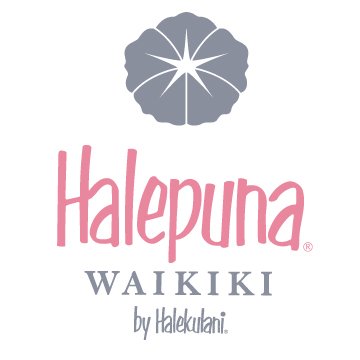
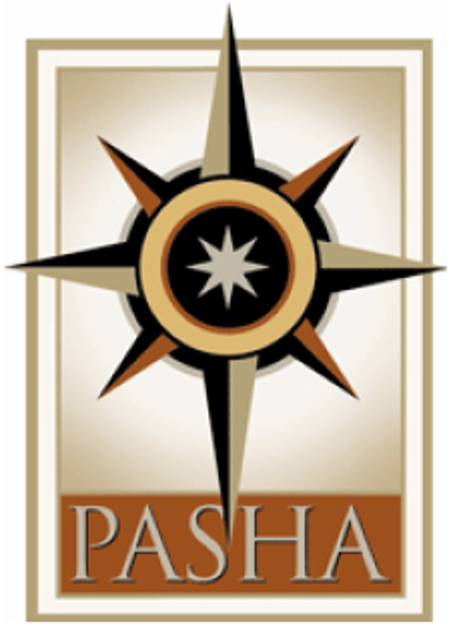
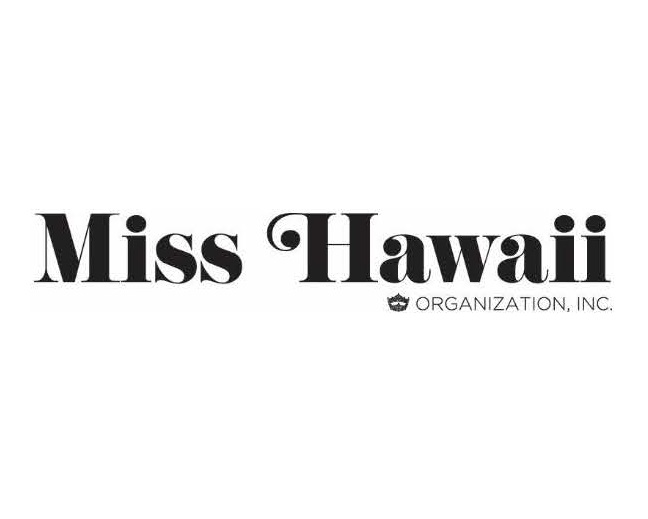

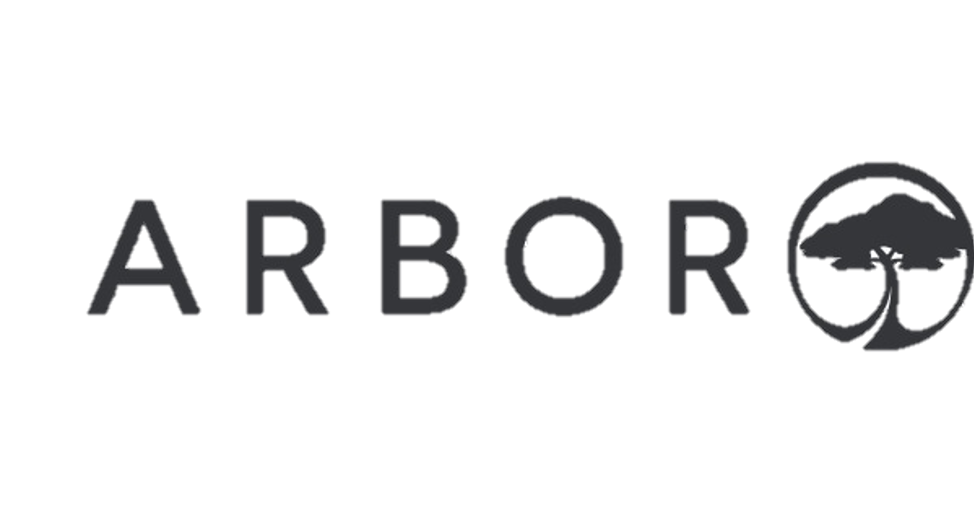
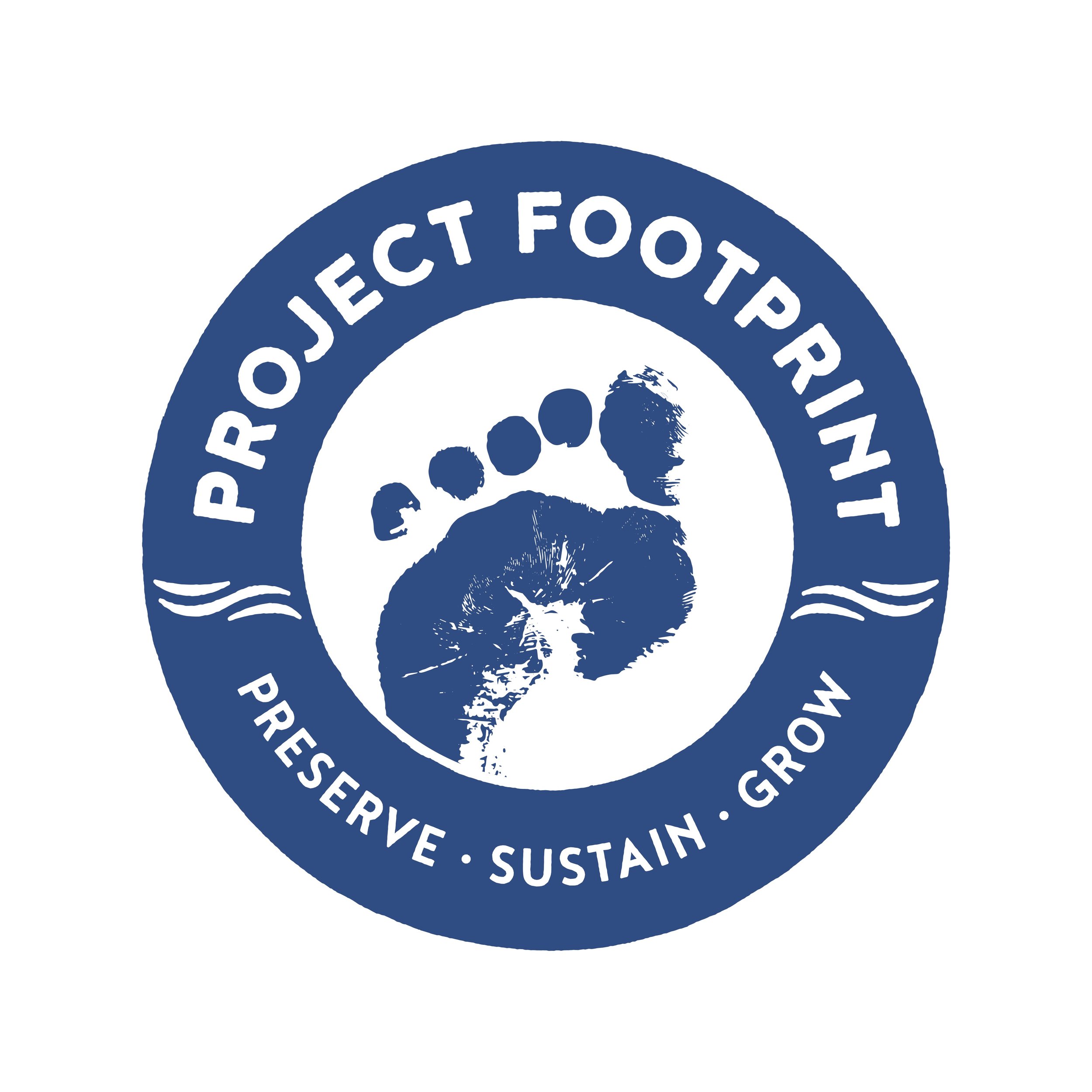
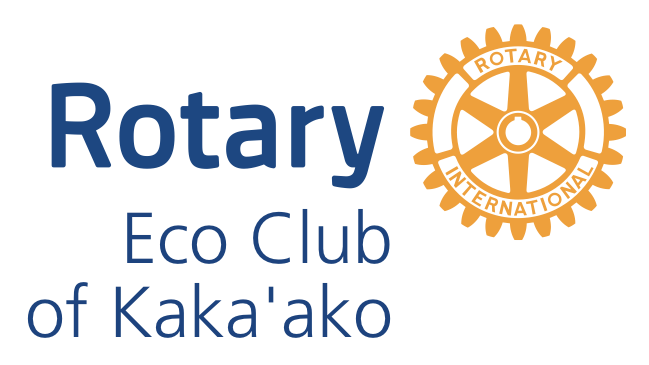




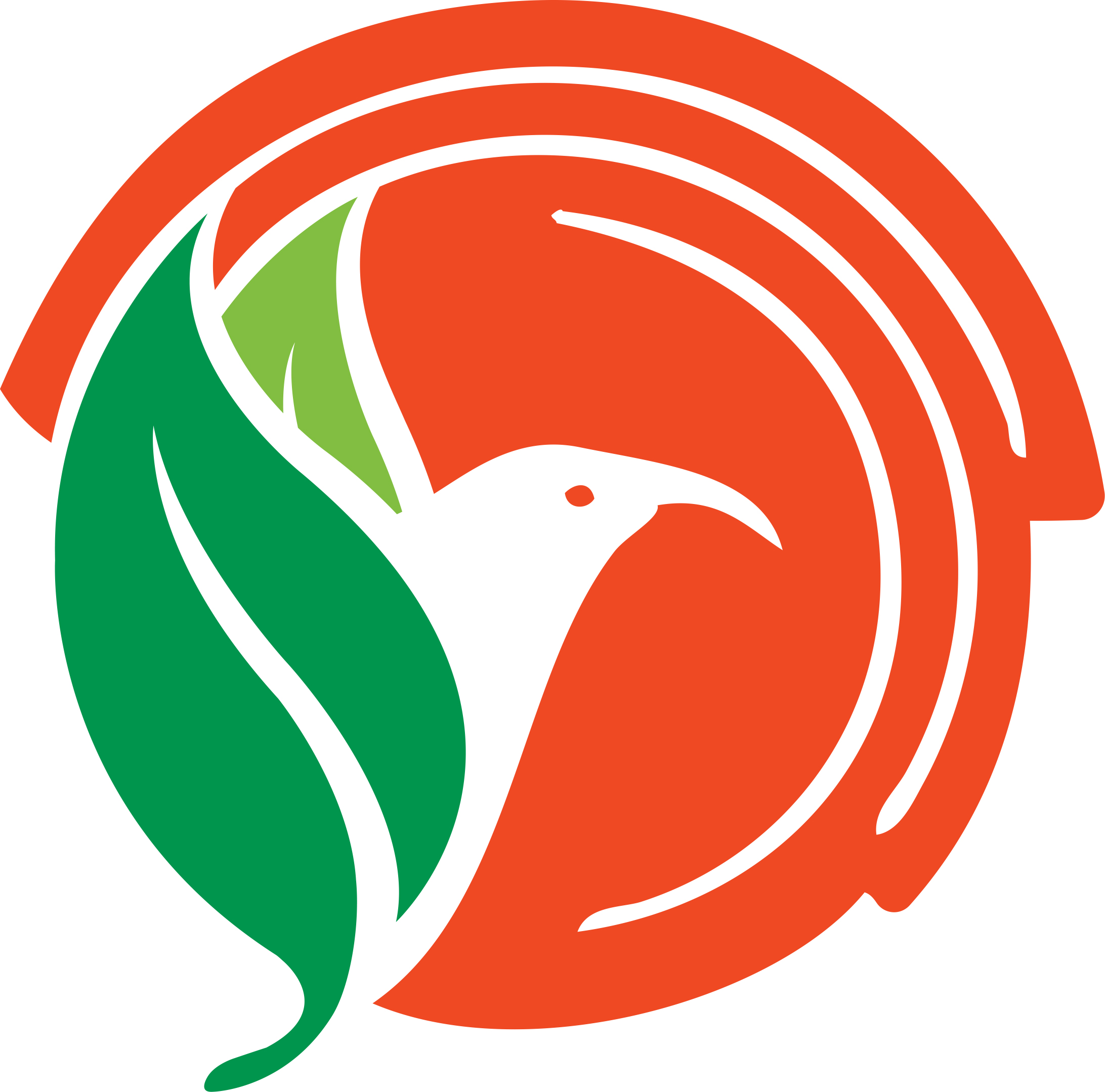



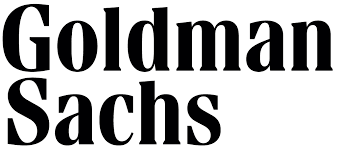

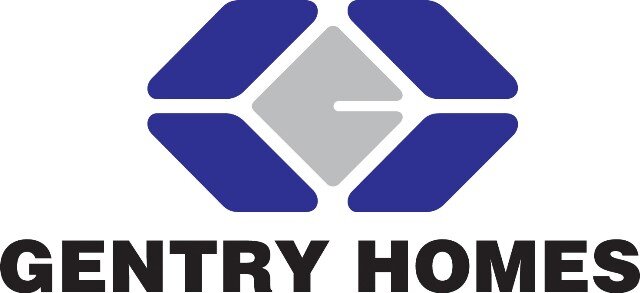



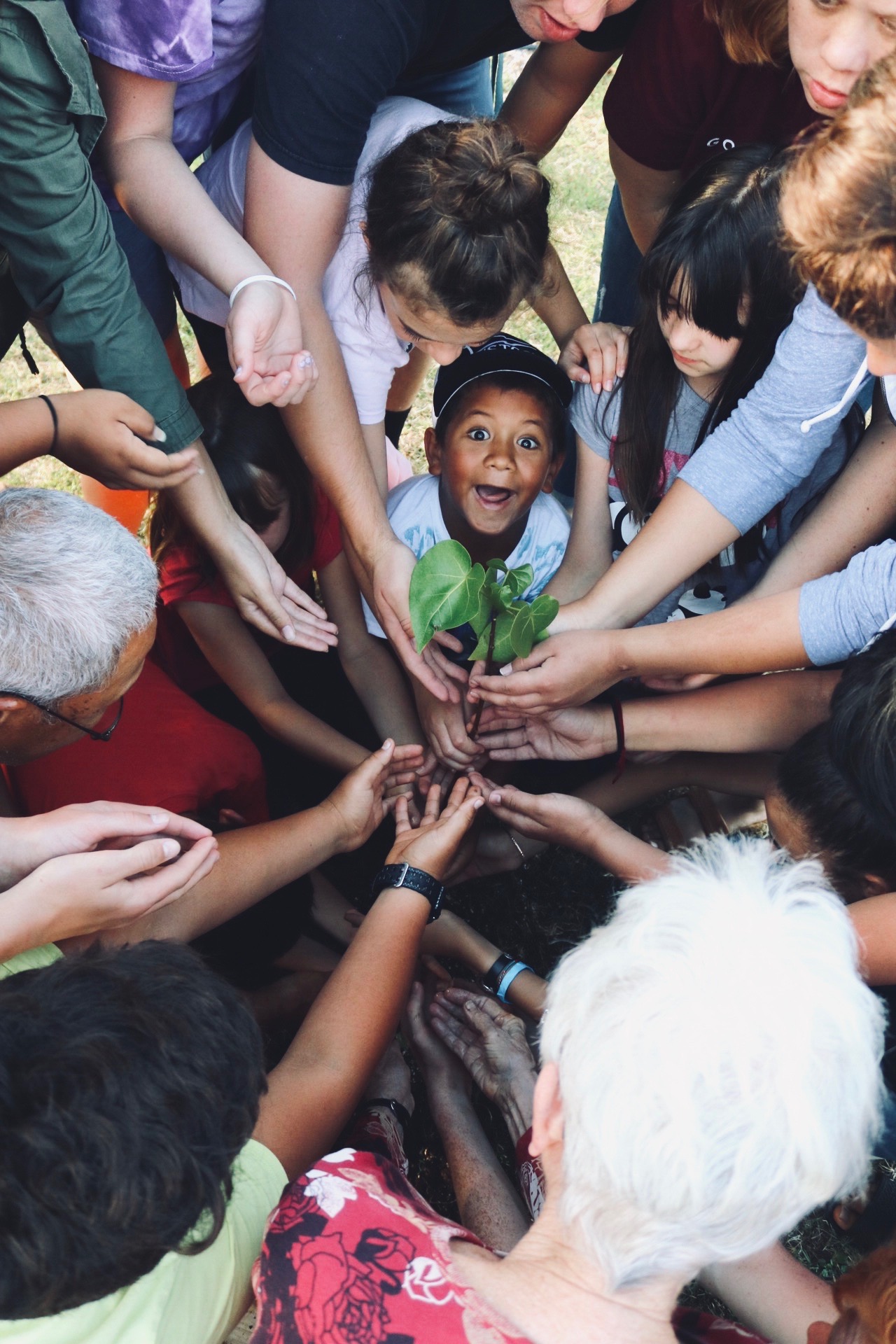

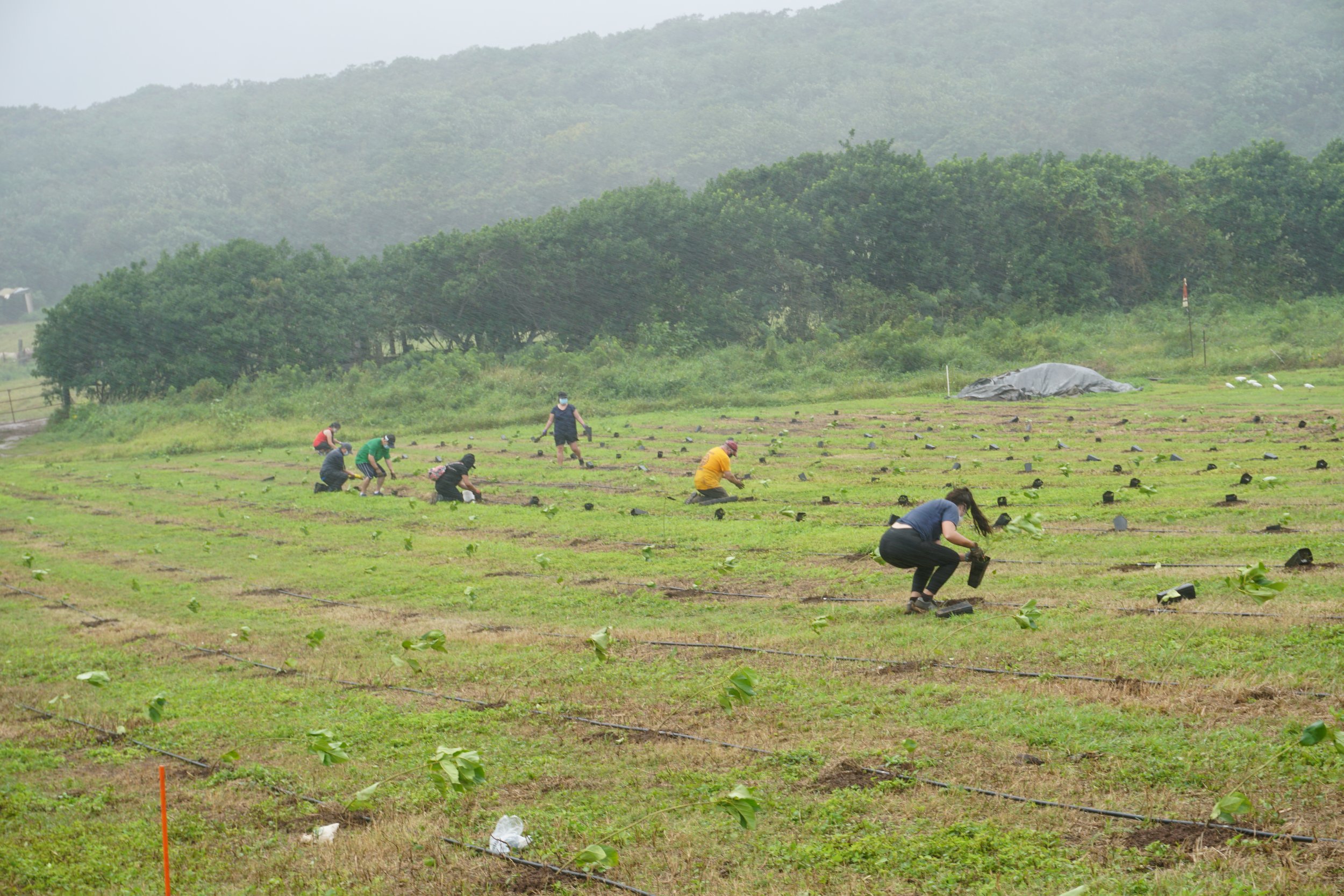
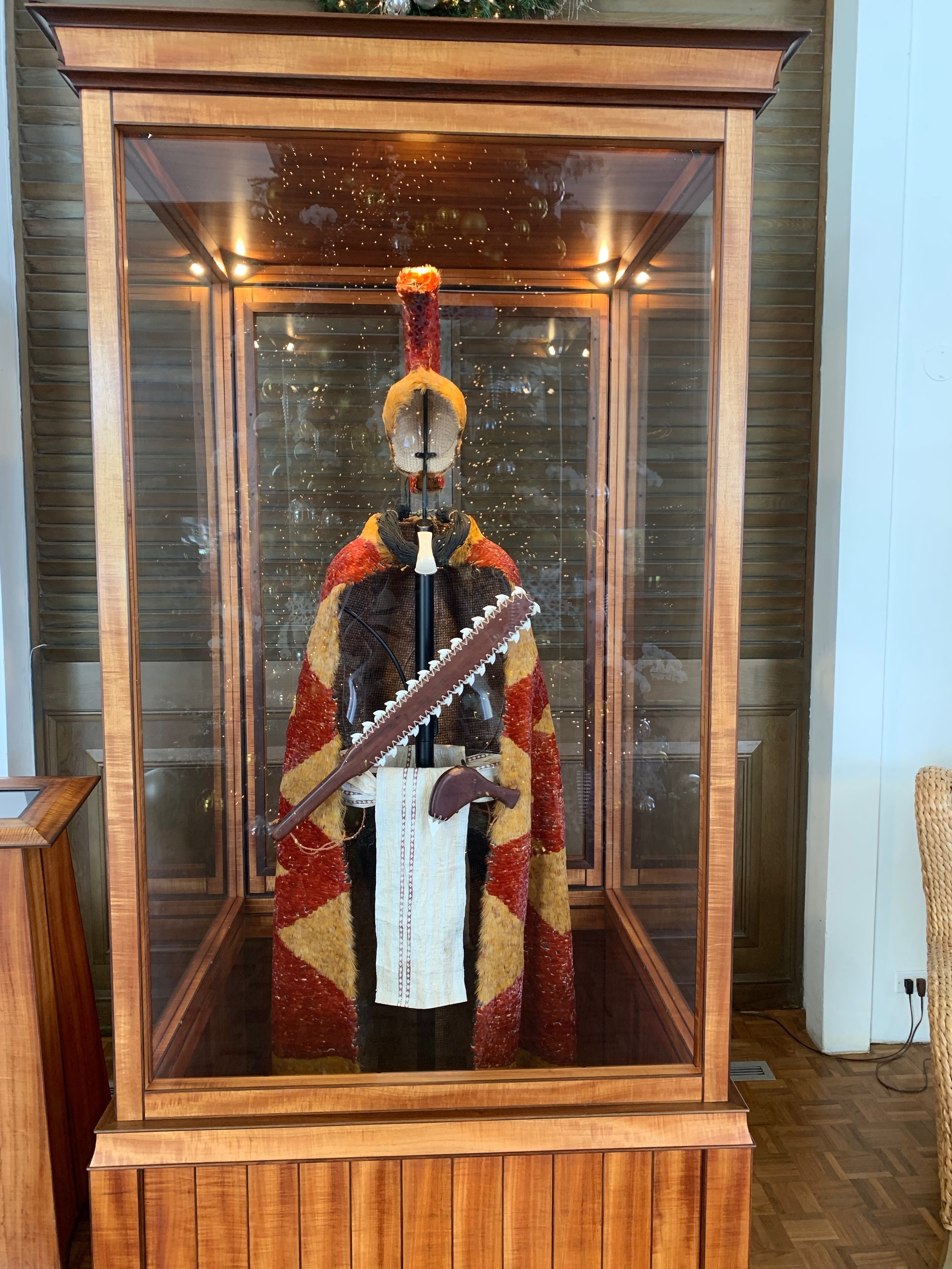
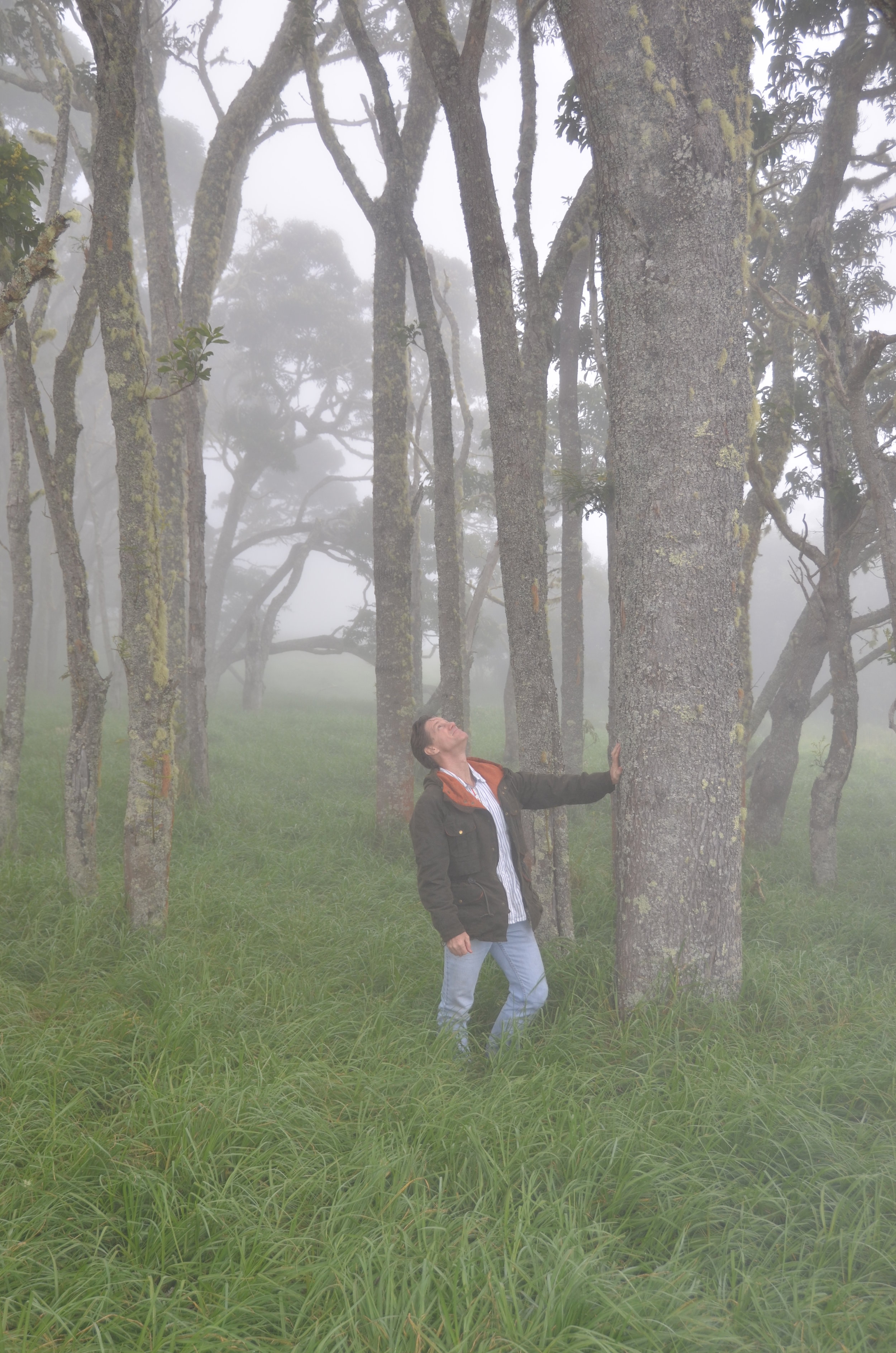




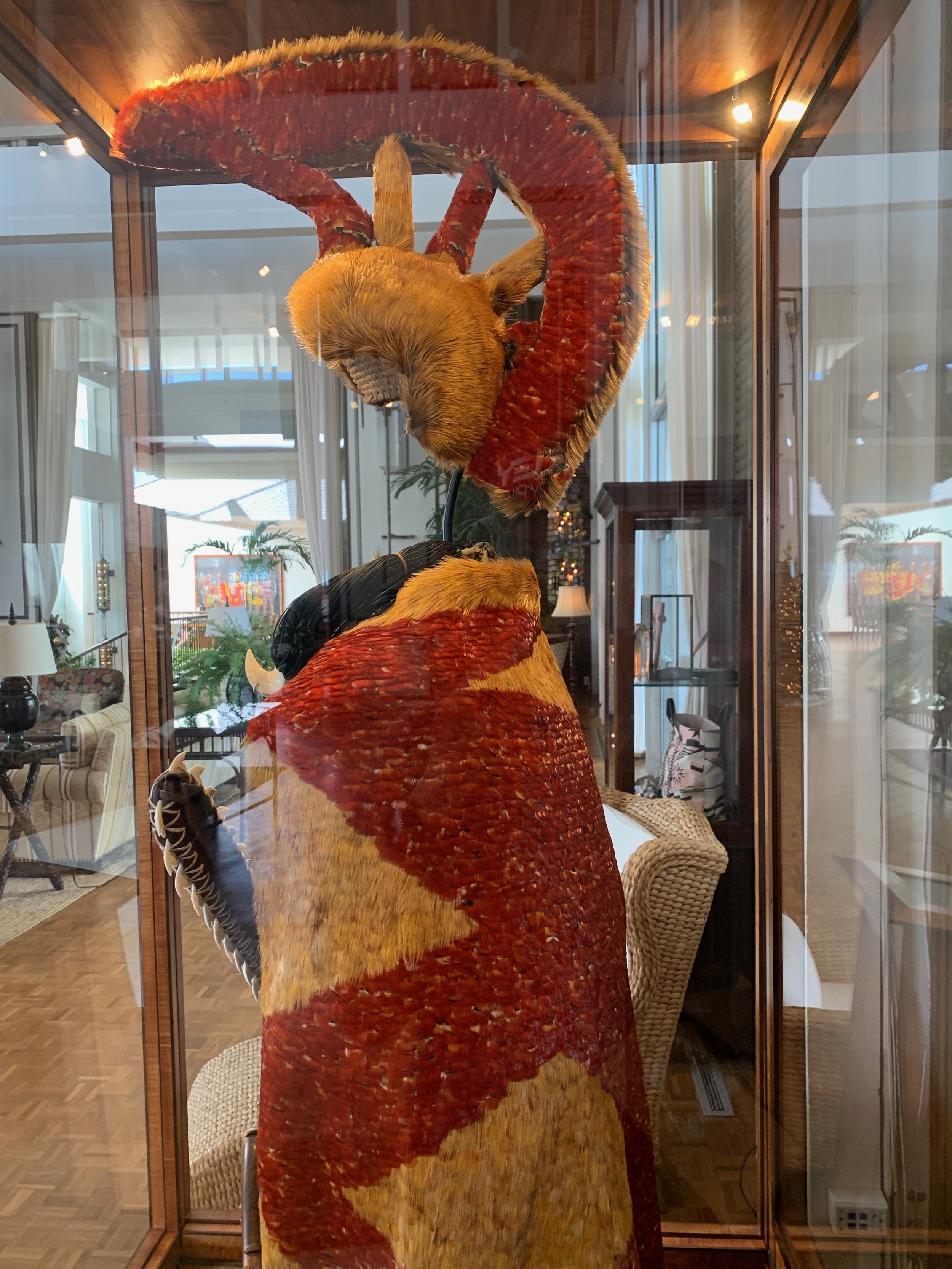
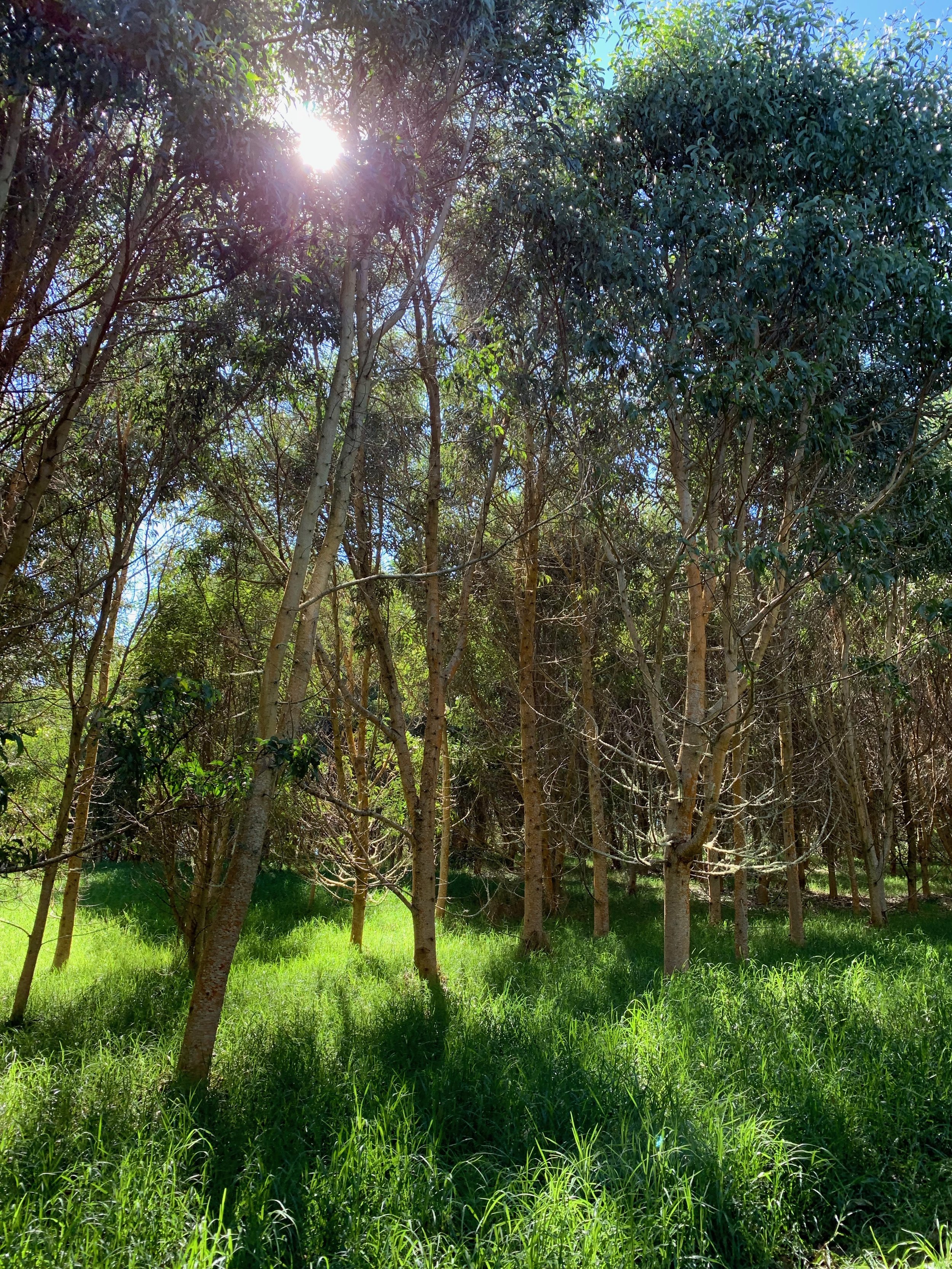
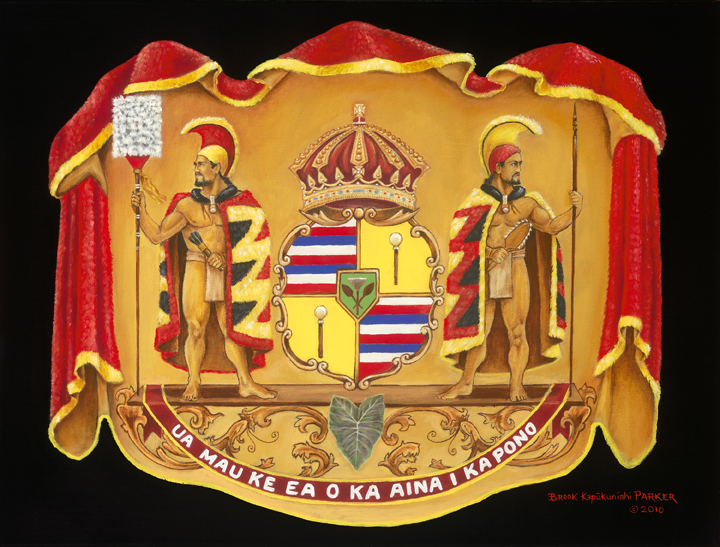
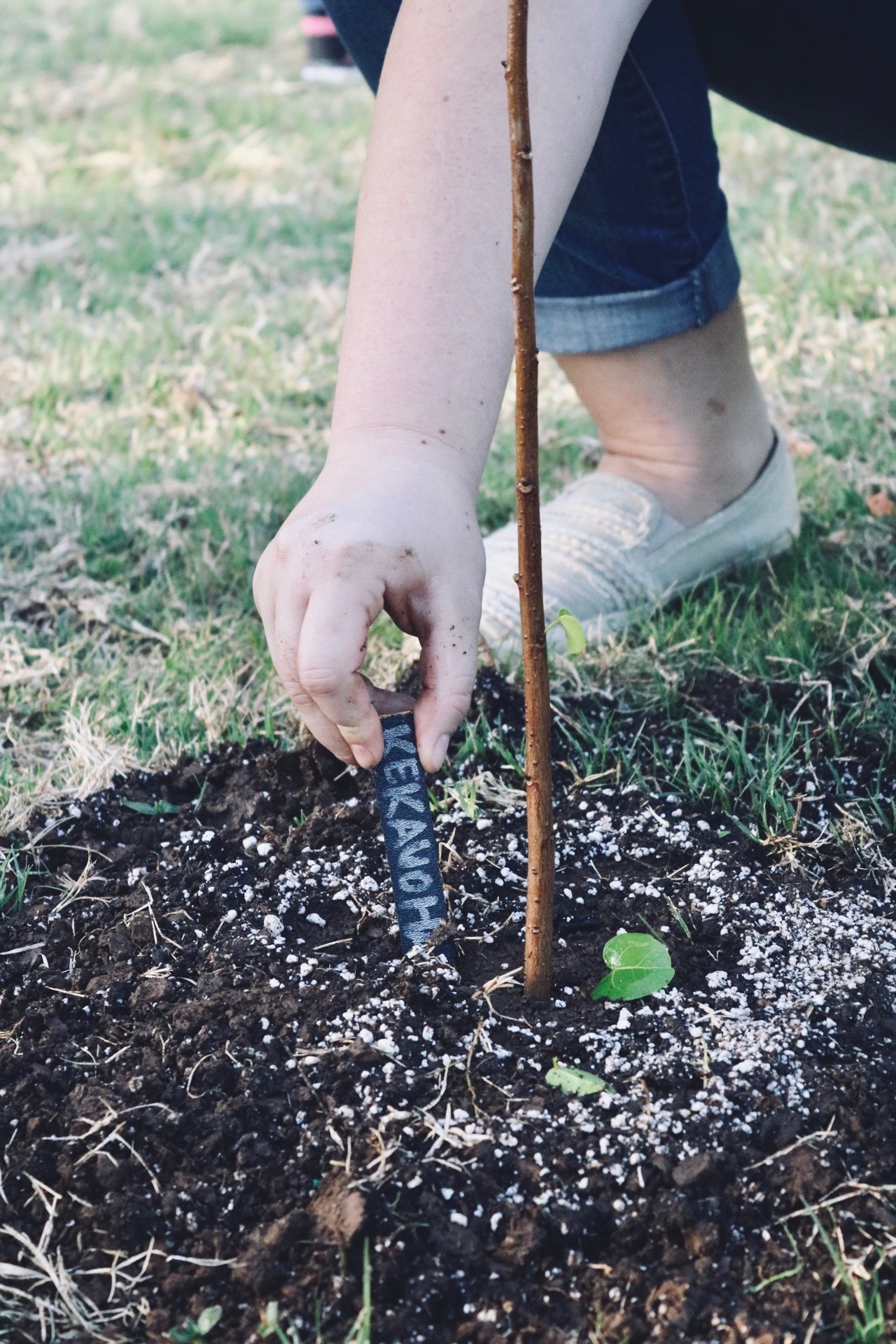
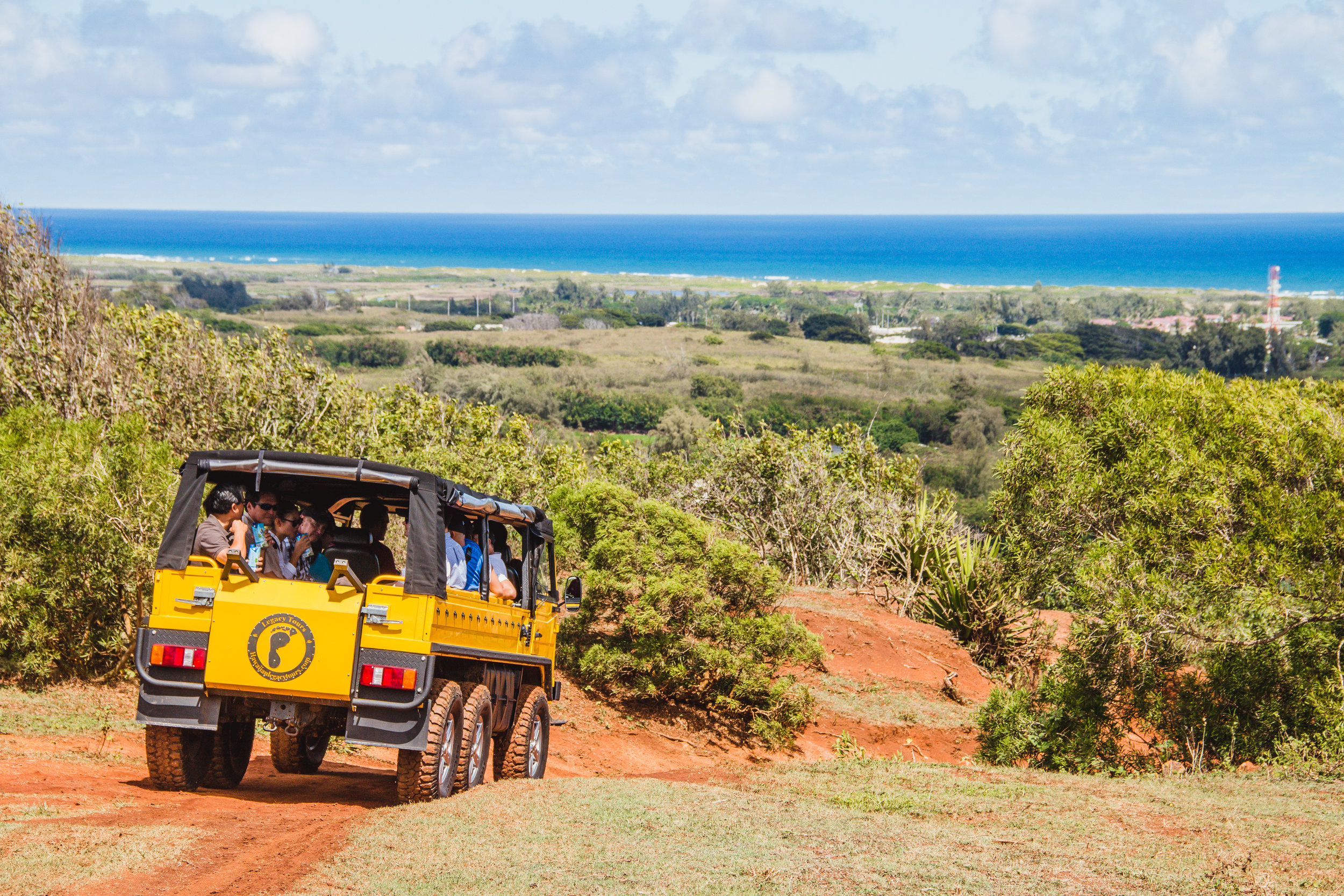

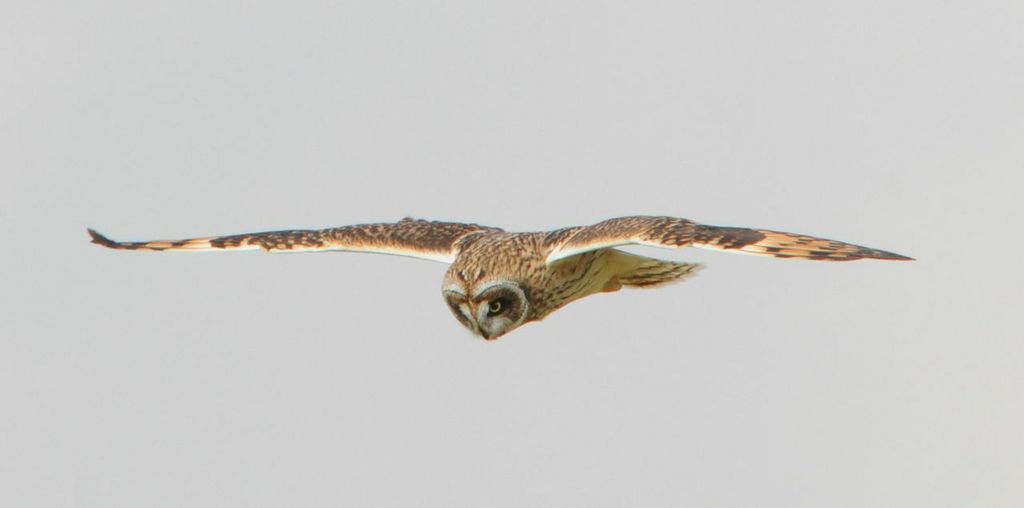
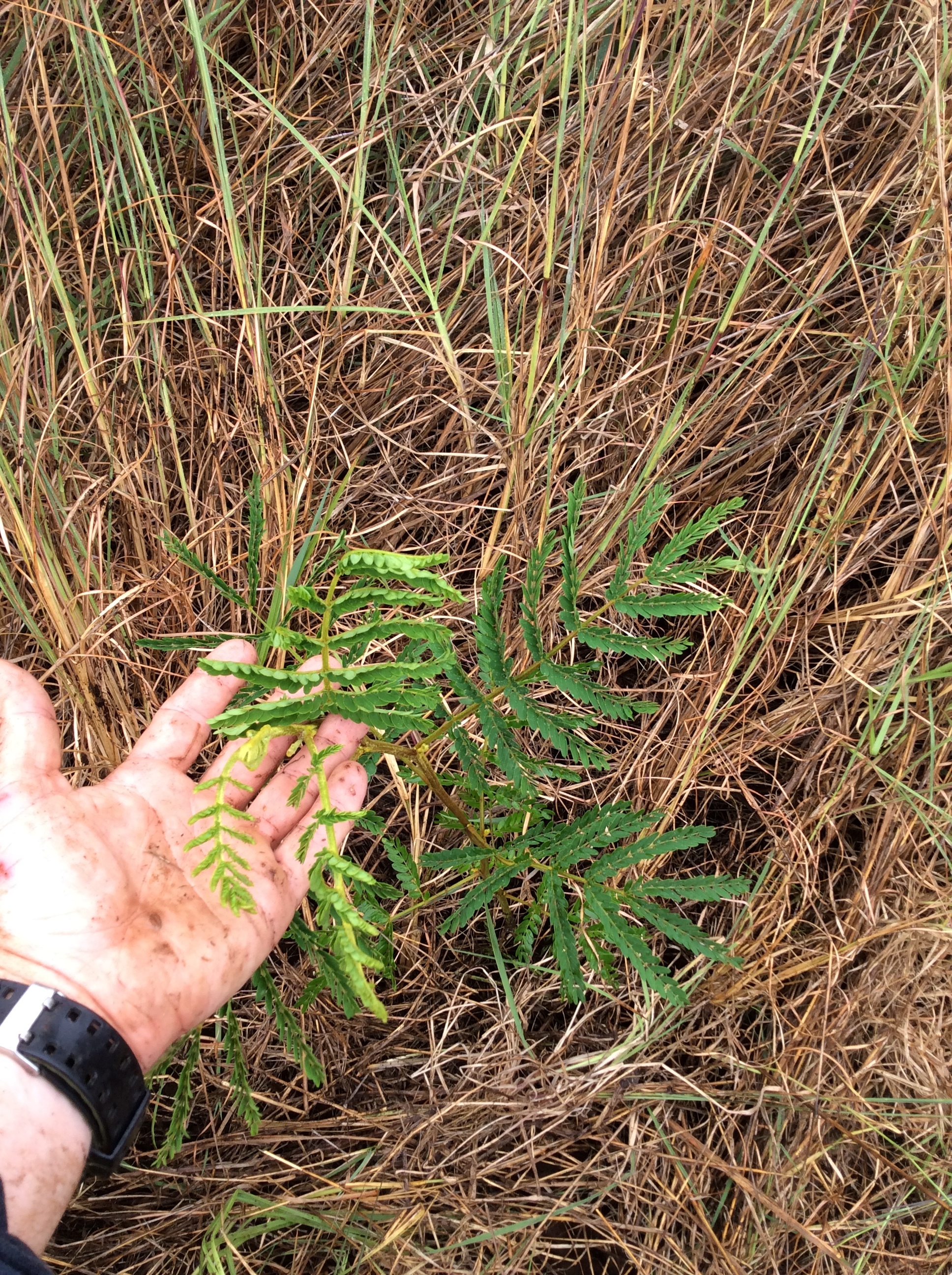
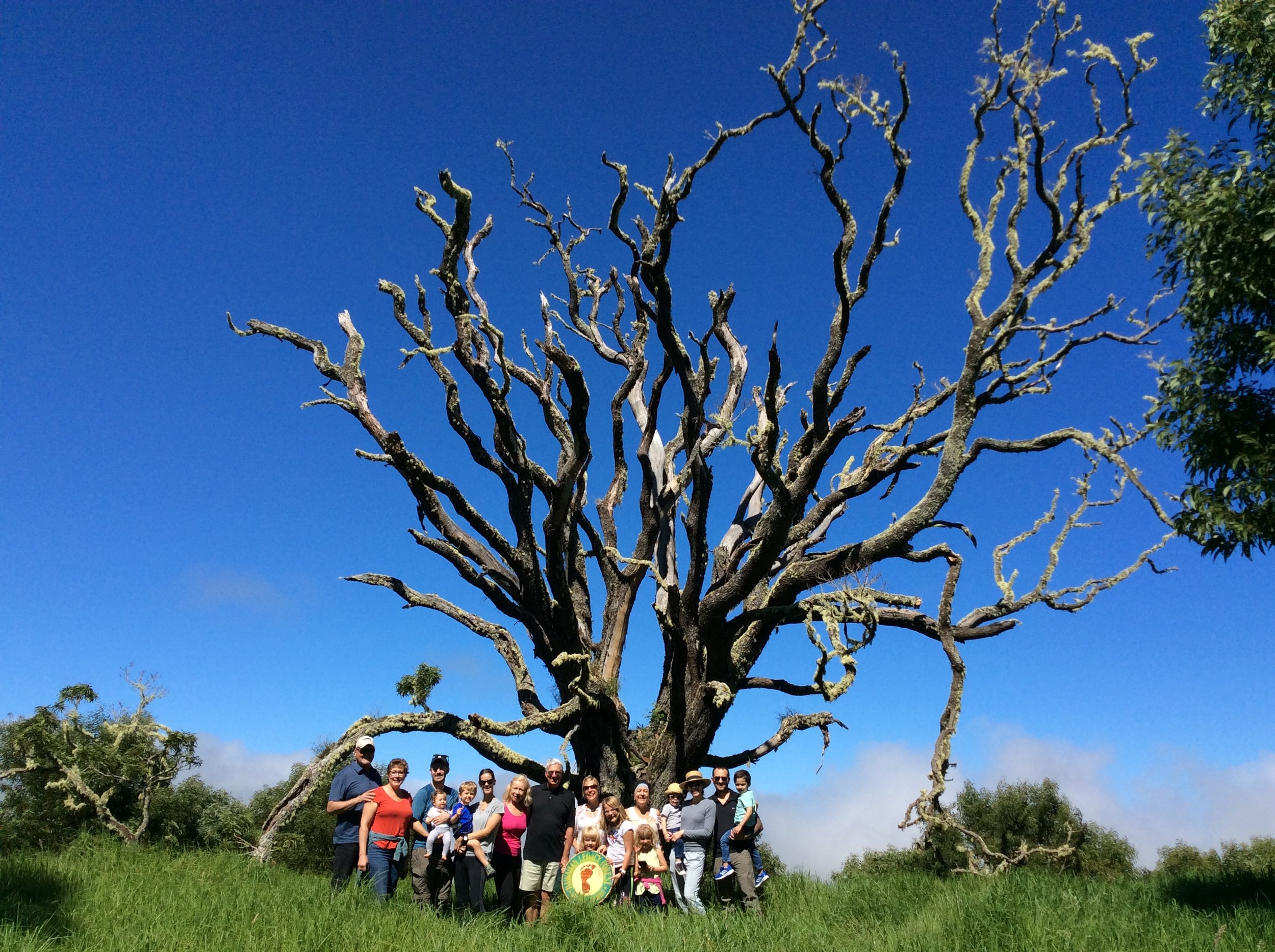
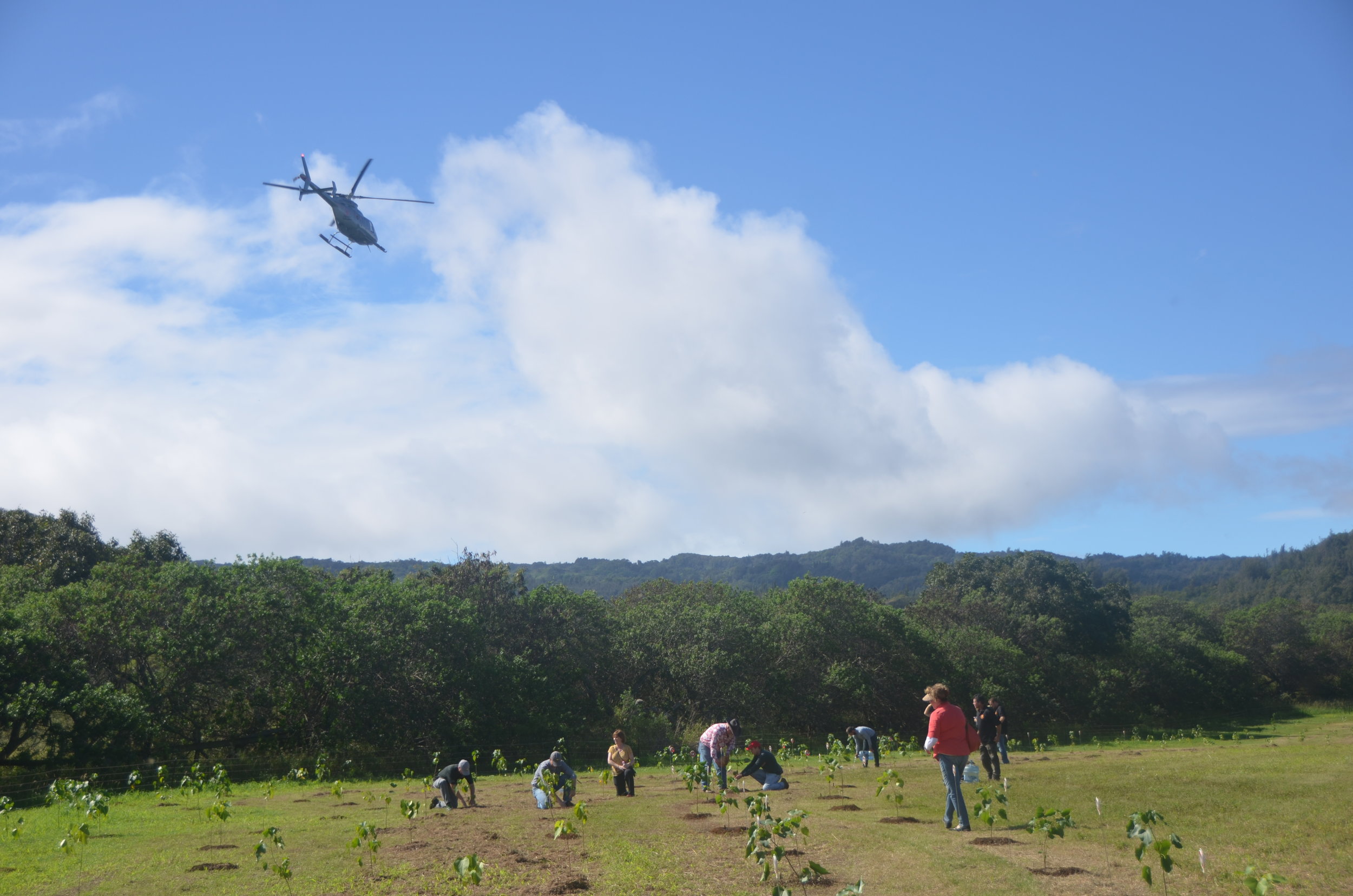

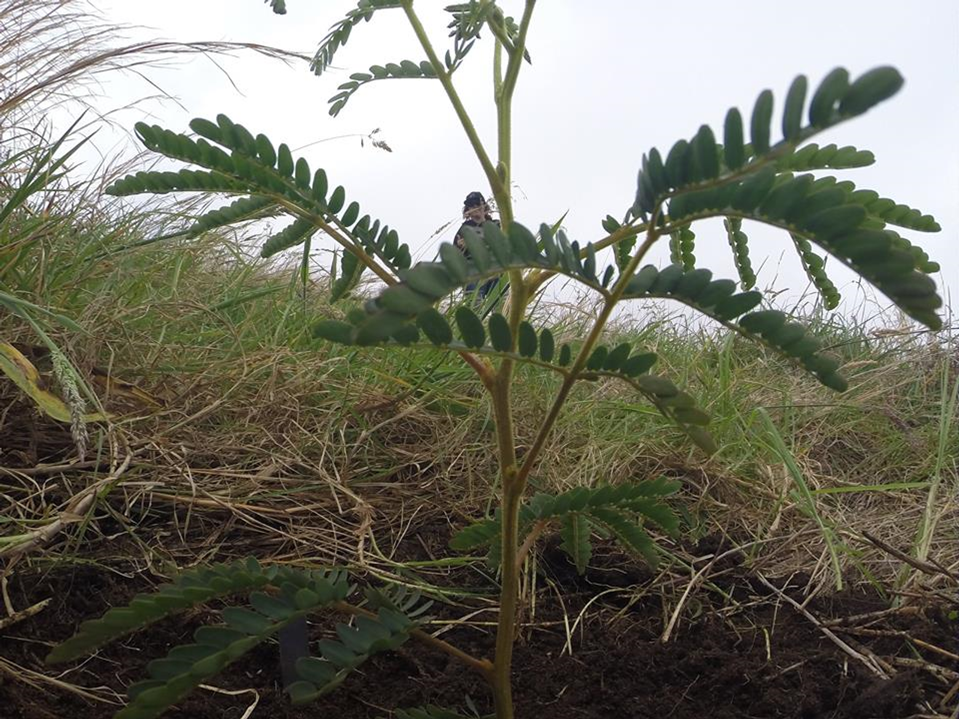
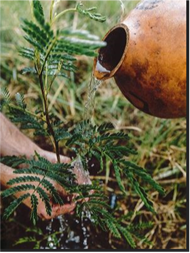
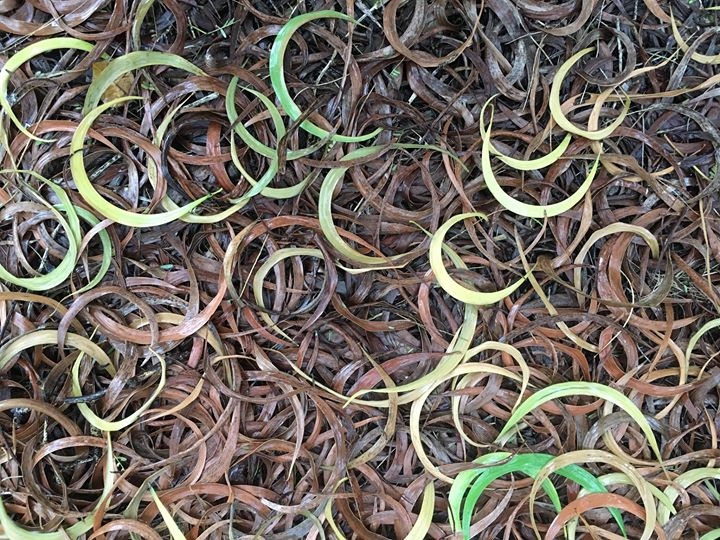

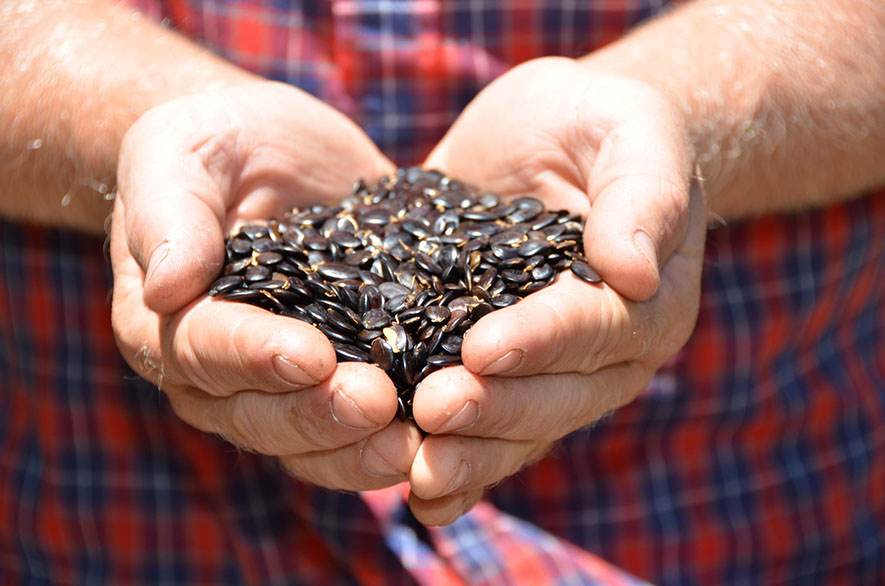





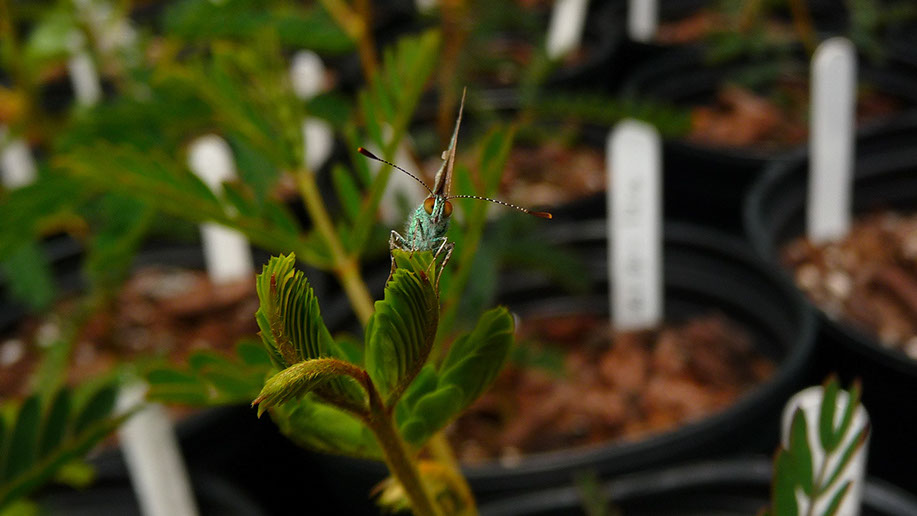
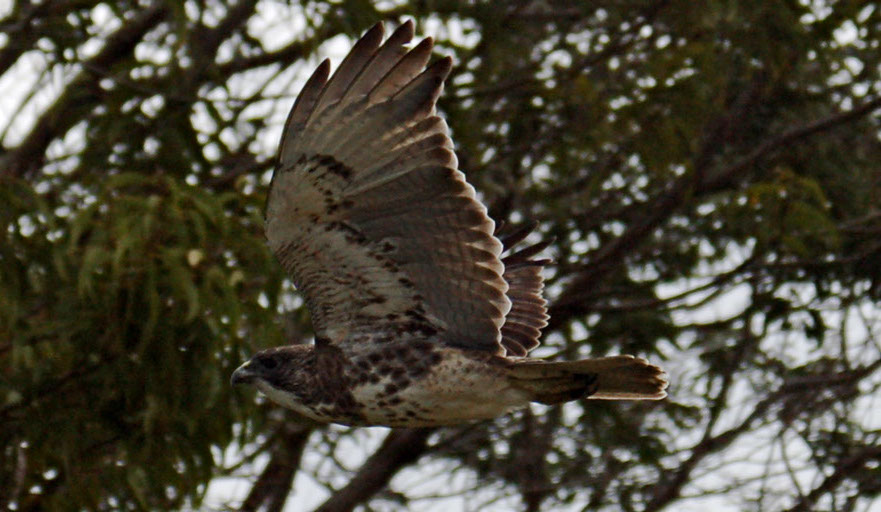
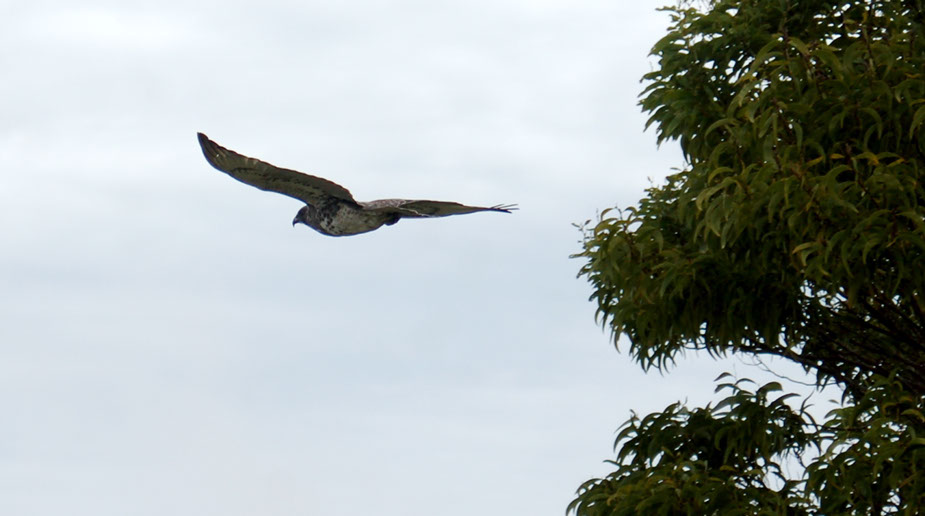
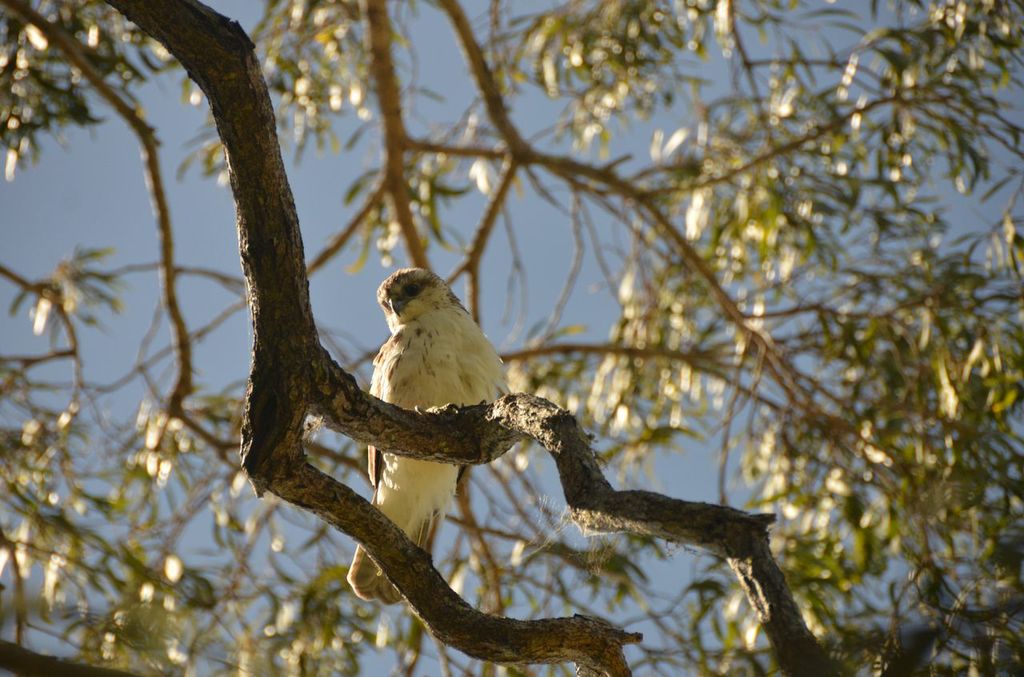




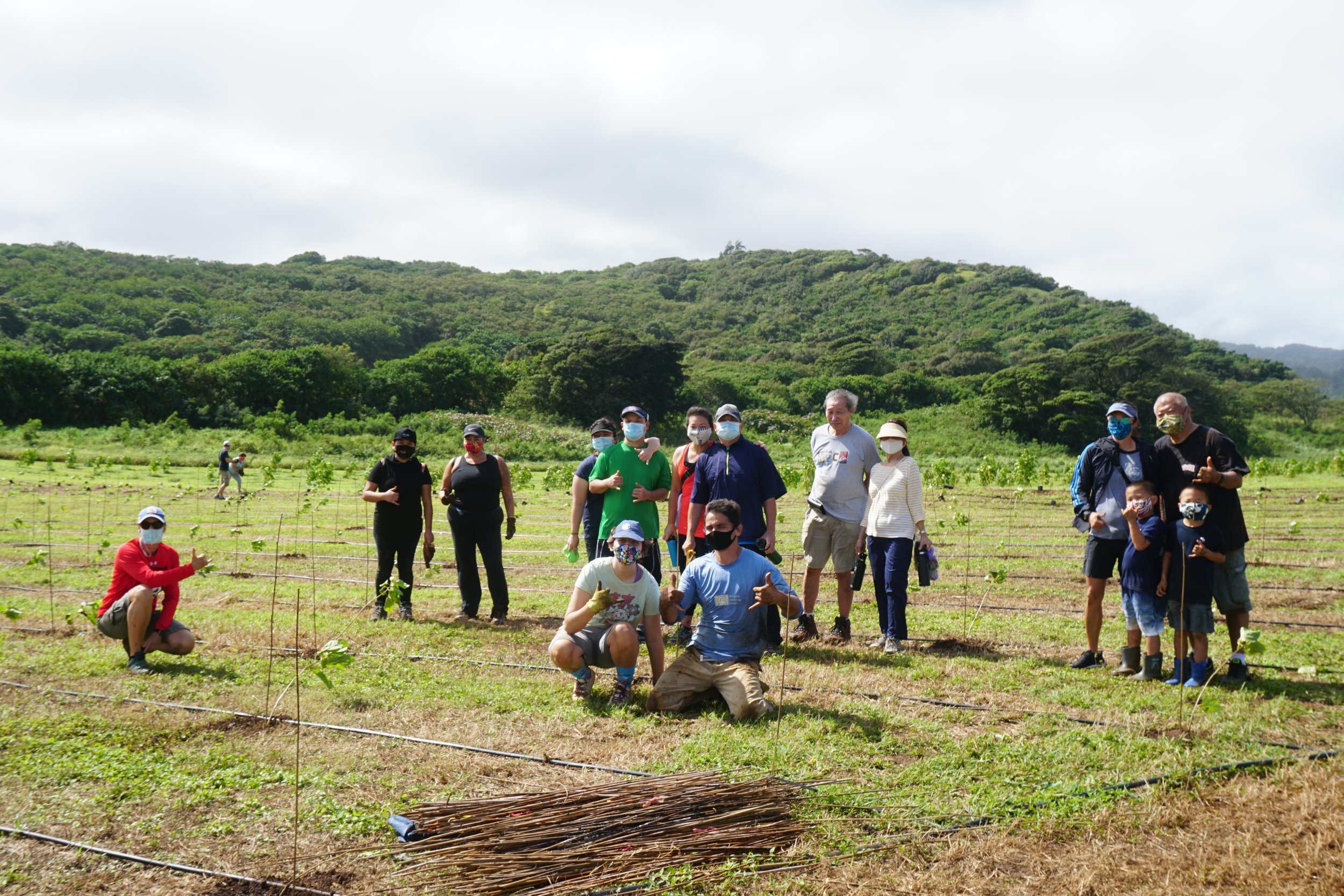

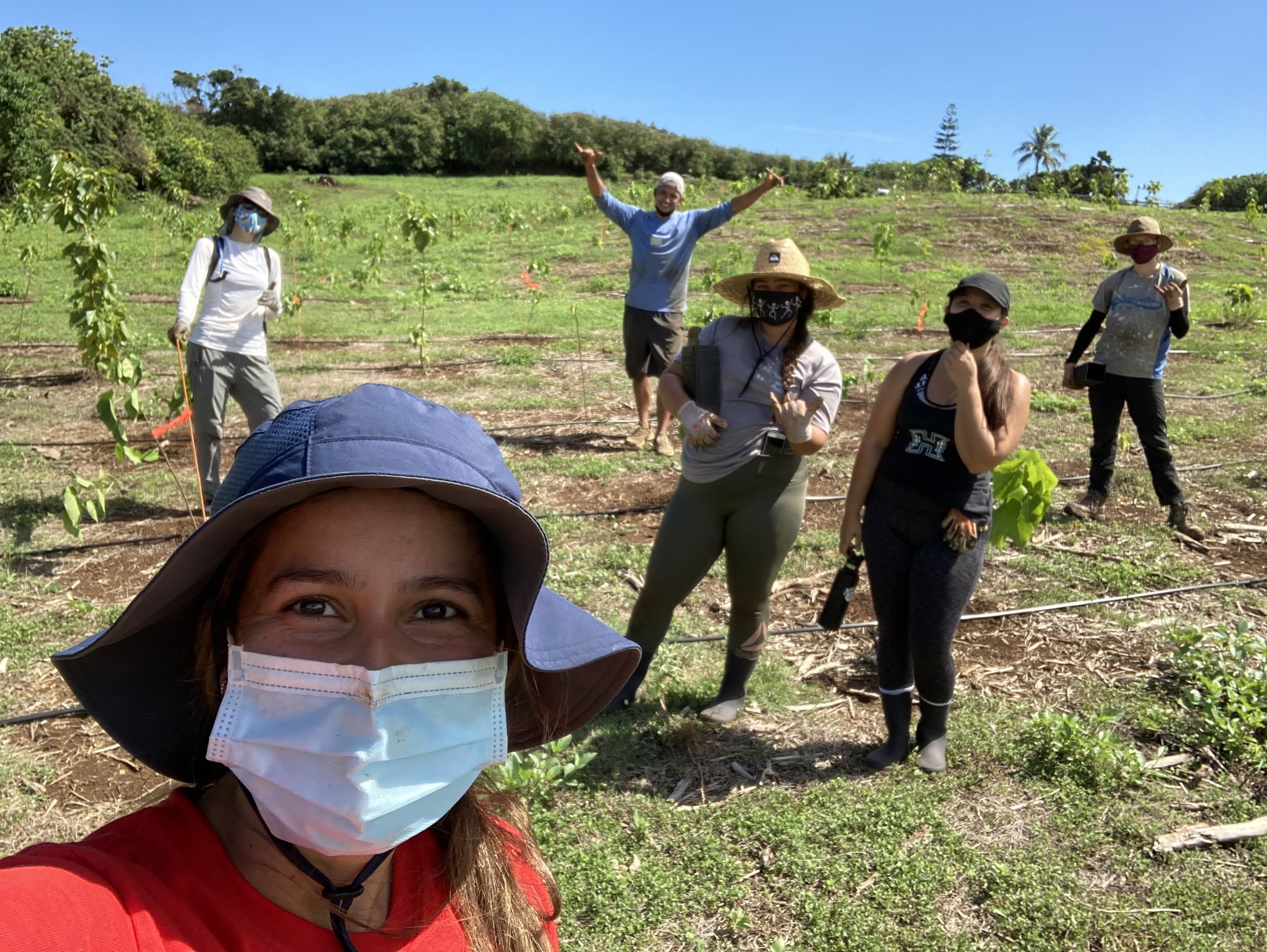
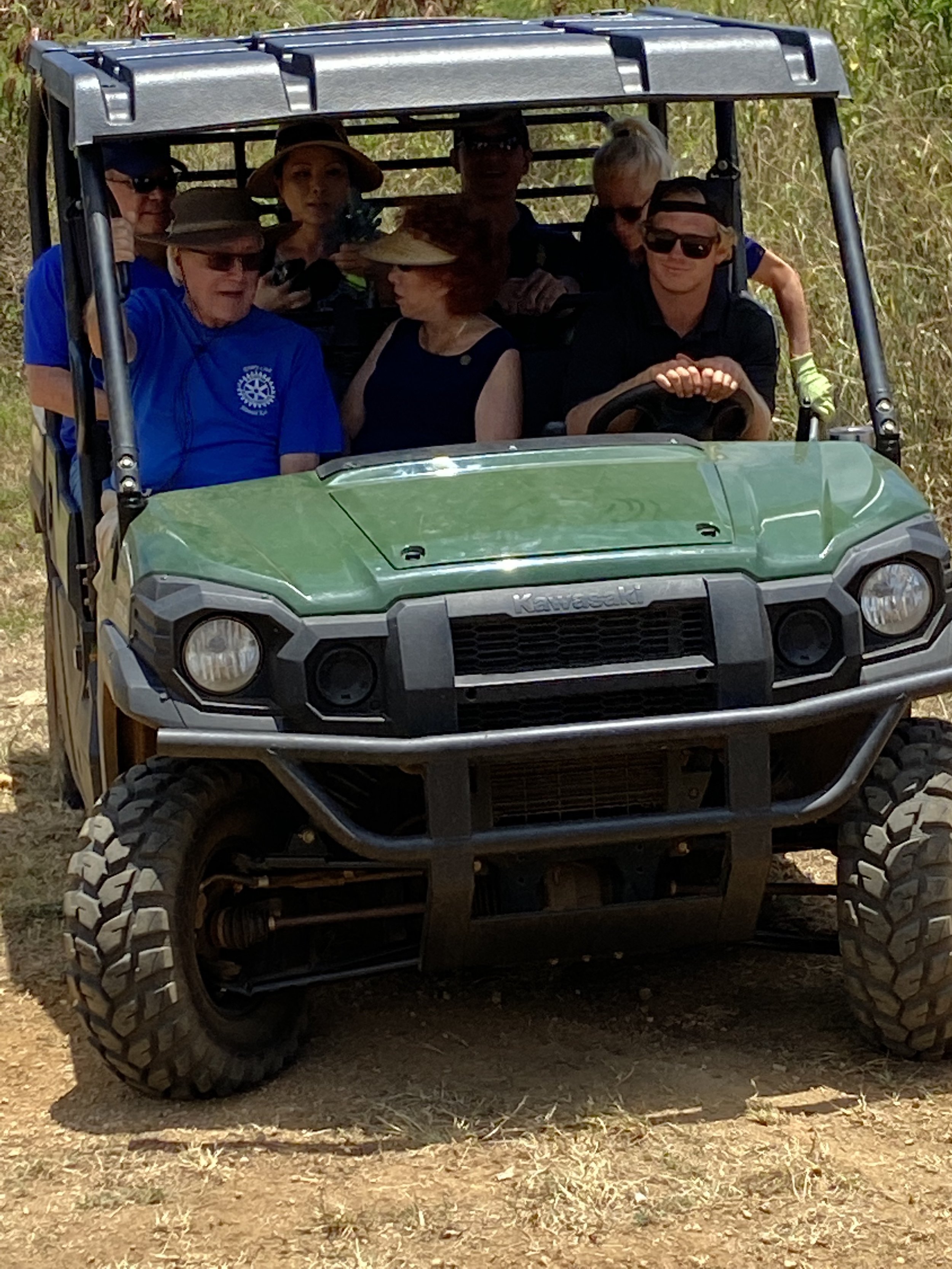

Thinking of traveling? For a penny a mile, offset your carbon footprint!
The ‘Aha ‘ula Collection

In Hawaii, feathered garments denoted status and as such could be worn only by the elite. The 'ahu'ula (cape) and mahiole (helmets) were worn by the most powerful chiefs, or ali'i, and were sometimes given as gifts.
“The reforestation efforts spearheaded by HLH and HLRI have re-established critical habitat for many endemic Hawaiian species, some of which are endangered,” said Jeff Dunster, HLRI President. “This ongoing featherwork collection provides an important link between Hawaiian history and our efforts to preserve these rare forests for future generations.”

Follow us on Instagram
Nahele'ulu
Connecting Customary Practices with Global Initiatives
From the Field
Insights from the forest and our never-ending exploration of all its wonder.
Timing is important
As we approach the end of our growth cycle before our first scheduled thinning, it seems like the perfect time to give all our sustainable timber investors an update. Anyone who has had the opportunity to visit the forest knows firsthand how well the project is performing. We now have a forest more than 400,000 trees strong and are witnessing growth and survival rates that have more than lived up to our plans for the project. For those of you who haven’t seen the progress, watch this video
When this project was first launched, it was met with a chorus of local forestry experts who said it couldn’t be done— they said it was impossible. Fast forward to 2019 and you will find that many new Hawaii reforestation efforts have been started by others in the wake of this project’s success-- buoyed by the results they have seen with HLH. What’s most amazing is that some of these new projects are actually being funded and operated by some of the very same critics who opposed us in the beginning. We are actually seeing the beginnings of a new industry developing in Hawaii, all due to the fact that our tree owners believed in the mission, funded this effort and ignored the critics.
To quote Walt Disney, “It’s kind of fun to do THE IMPOSSIBLE.”
Thinning Schedule: The timing of the first thinning harvest is probably one of the most..
Green Hawaii
Now a decade into operation, HLH and its family of companies are proving that man and nature can not only coexist peacefully, they can thrive. Generations ago, the natural landscape of the Hamakua Coast on Hawai'i Island began to disappear. Throughout the 1800s, pineapple, sugarcane and cattle replaced the endemic koa and 'öhi'a forests on Mauna Kea, permanently destroying most of its forestland-or so it seemed.
In 2009, sustainable forestry company HLH planted a single koa tree on the slopes of Mauna Kea, turning the corner on a century of degradation and neglect. Since that first tree was placed in the ground, thousands of individuals have joined in the reforestation effort by planting more than 400,000 rare, endemic trees, creating nearly 1,200 acres of pristine native habitat. This land is now known as the Hawaiian Legacy Forest.
Racing To Save Hawaii's Songbirds / CiVil Beat
Scientists are urgently searching for backup homes to protect the three remaining species in the Northwestern Hawaiian Islands. The bird-poop miners and feather collectors are long gone. The rats and rabbits have been eradicated. But not before a few species, found nowhere else in the world, went extinct a century ago in the remote Northwestern Hawaiian Islands.
Conservationists lament the devastation caused by intrepid businessmen that turned many of these low-lying islets into barren wastelands. By 1923, only three songbird species were left in what is now Papahanaumokuakea Marine National Monument.
The Laysan apapane and other native birds will never be seen again. But scientists are racing to save the endemic Nihoa millerbird, Nihoa finch and Laysan finch.
"It's a path that's long and twisted and really hard," said Sheldon Plentovich, the Pacific Islands coastal program coordinator for the U.S. Fish and Wildlife Service.

